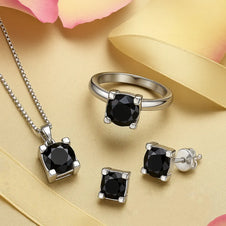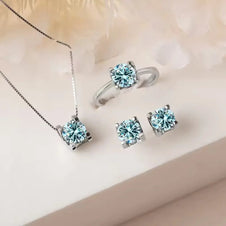Your cart (0)
Your cart is empty
Tax included and shipping calculated at checkout
Recommended products
0.3-0.5ct Moissanite Ring 925 Sterling Silver
Sale price
$166 USDRegular price
$0 USD
Regular price
$166 USD
Unit price
/
per
0.5ct Moissanite Ring 925 Sterling Silver Crown Shape Ring
Sale price
$138 USDRegular price
$0 USD
Regular price
$138 USD
Unit price
/
per
Sale price
$112 USDRegular price
$0 USD
Regular price
$112 USD
Unit price
/
per
Sale price
$499 USDRegular price
$0 USD
Regular price
$499 USD
Unit price
/
per
925 Silvery Moissanite 9.0mm Women's Wedding Ring
Sale price
$444 USDRegular price
$0 USD
Regular price
$444 USD
Unit price
/
per



















